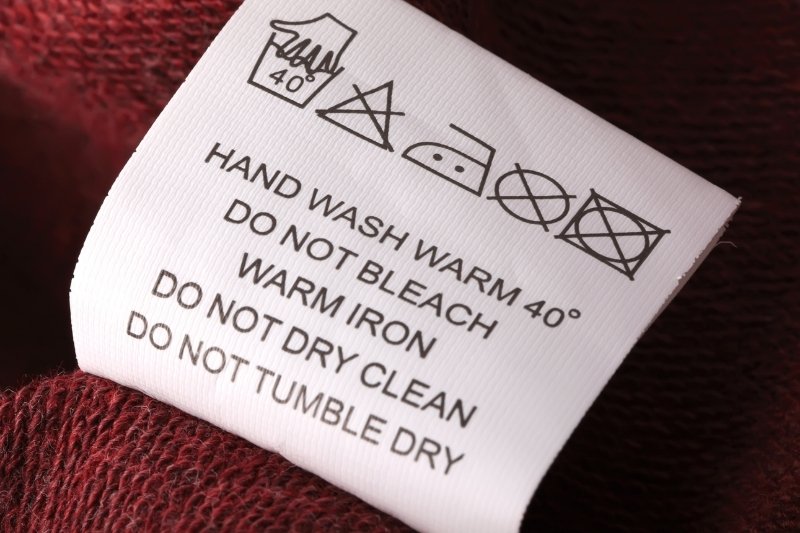Synthetic fabrics are becoming a greater part of everyday life, with jumpers, gym wear, t-shirts, and more all being made from synthetic materials.
If natural fibres such as cotton or wool don’t work perfectly for a particular garment, someone somewhere has created a synthetic alternative that fits the bill.
Washing machine manufacturers have responded to this, and today, many washing machines come with a dedicated synthetics wash cycle. But what is it?
Synthetic Cycles

Synthetic fabrics respond to being washed much differently to 100% cotton or wool garments.
Whilst synthetics tend to be blended with wool or cotton in various ratios, the different types of synthetic material tend to react in a similar way when washed. This means that if your garment is machine washable, you will want to use the synthetic cycle on your washing machine.
Synthetic materials tend to be at least partially plastic-based, and so are not suitable for washing on high temperatures as the fibres could end up damaged or even melting.
Dedicated washing machine synthetic cycles, therefore, utilise lower temperatures and don’t agitate the clothing quite as much, protecting them from accidental damage during the cycle.
Top Tips When Washing Synthetics
1. Check the care label

Before washing any new synthetic garment, always check the care label. Some synthetics are too delicate to machine wash at all, even if your washing machine has a dedicated synthetics cycle. These garments should always be handwashed.
Some care labels may even dictate very low wash temperatures, so look out for these before washing.
2. Wash warm, not hot

The general rule of thumb when washing synthetic clothing is to think warm, not hot. Most synthetic clothing is very heat sensitive, and therefore should be washed on lukewarm or warm temperatures and should definitely not be tumble dried or ironed.
The cool temperature of synthetic wash cycles means that it may struggle to remove some types of stain if they have been allowed to set. Instead of risking it and washing on a higher temperature, either treat the stain beforehand, or opt for a detergent with stain remover that is suitable for synthetic garments.

Lover of coffee, painting, and all things cute and fluffy. I’m always on the lookout for easier, more gentle ways to tackle awful household chores.






